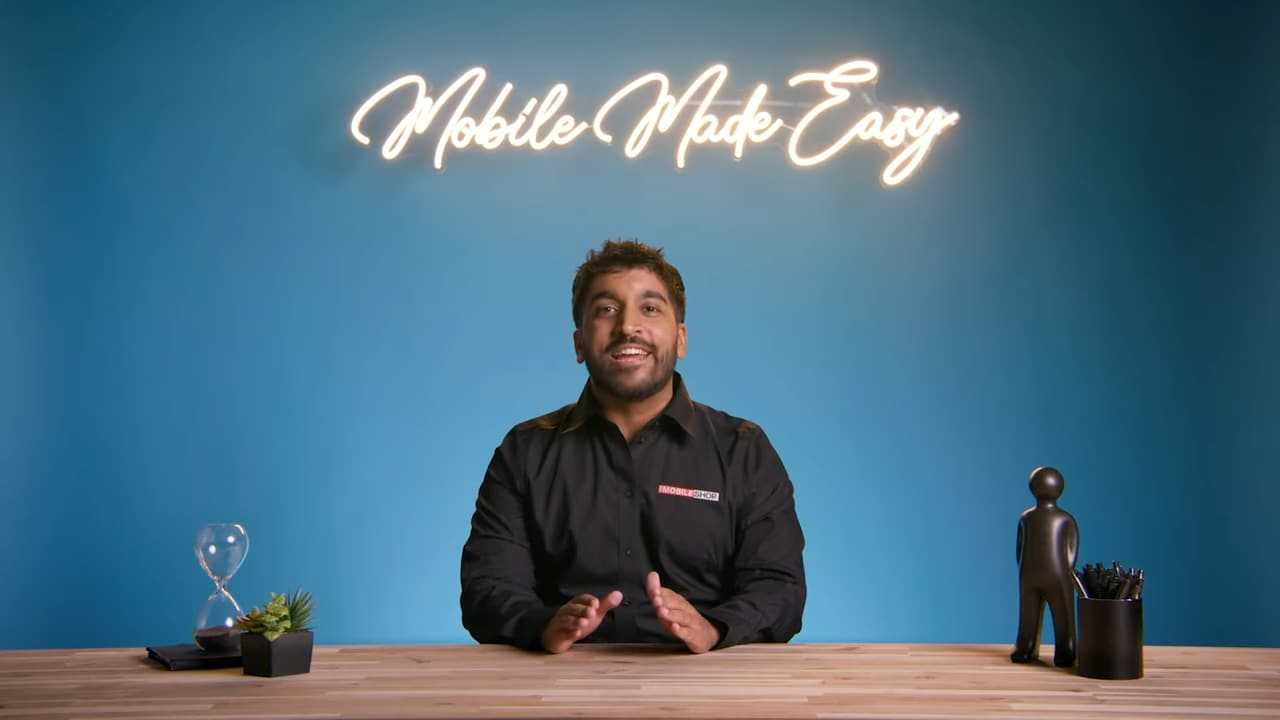Your Comprehensive Guide to Choosing Between iPhone and Android
Today, we're diving into the ultimate showdown: iPhone vs. Android. Buckle up, because we’re breaking down their similarities, their standout features, considerations for data transfer between devices, and some handy tips for making the switch.
iPhone & Android: The Basics
iPhone: Developed by Apple, the iPhone operates on the iOS platform, which is exclusively designed and optimized by Apple for its hardware.
Android: Created by Google, Android powers a majority of non-Apple smartphones. The term "Android" has become synonymous with non-Apple devices in the mobile industry.
The decision between an iPhone and an Android largely depends on individual preferences and priorities. Both platforms offer high-quality devices with unique attributes and a plethora of shared features.
Ecosystem Integration
Choosing between iPhone and Android can also be influenced by your existing technology ecosystem.
iPhone Ecosystem: If you currently utilize Apple products such as an Apple Watch or Apple Music, an iPhone will seamlessly integrate with your existing devices, enhancing synchronization and user experience.
Android Ecosystem: For those with Google products like Chromecast or Google Home, an Android device may offer superior compatibility and integration
Key Advantages of iPhone
Optimized Performance: Apple's holistic approach to hardware and software design ensures smooth and lag-free operation.
Integrated Services: Features like iMessage, FaceTime, and Find My Friends facilitate seamless communication among iPhone users.
Security and Privacy: Apple prioritizes stringent security measures and data protection protocols, ensuring the confidentiality of user information.
Key Features of Android
Customization: Android offers extensive customization options, allowing users to personalize their home screens with widgets, themes, and organizational tools.
Expandable Storage: Many Android devices support expandable storage via MicroSD cards, providing flexibility for additional data storage.
Diverse Product Range: Android offers a wide variety of devices at different price points, catering to diverse consumer budgets.
Data Transfer Between iPhone and Android
Transitioning between iPhone and Android has been streamlined with user-friendly tools and procedures.
From iPhone to Android:
Establish a connection between both devices, either through a cable or wireless pairing.
Select the data categories you wish to transfer, such as contacts, photos, and apps.
Initiate the transfer process to complete the transition to your new Android device.
From Android to iPhone:
Apple's "Move to iOS" app simplifies the transfer process. Follow the app's instructions, and your new iPhone will be ready for use upon completion.
Conclusion
In summary, both iPhone and Android offer distinct advantages and features tailored to different user preferences. Whether you prioritize ecosystem integration, customization, or specific applications, there is a device that aligns with your needs.
For personalized assistance in selecting the ideal device or guidance on transitioning between platforms, please visit The Mobile Shop at your local grocery store. Our knowledgeable team is committed to providing expert advice and ensuring a seamless mobile experience for our customers.
The above content is provided for your reference and interest only. It is intended only to provide a summary and general overview on matters of interest and is not a substitute for, and should not be construed as, the advice of an experienced professional. Loblaws Inc. or its affiliates do not guarantee the currency, accuracy, applicability or completeness of this content.





